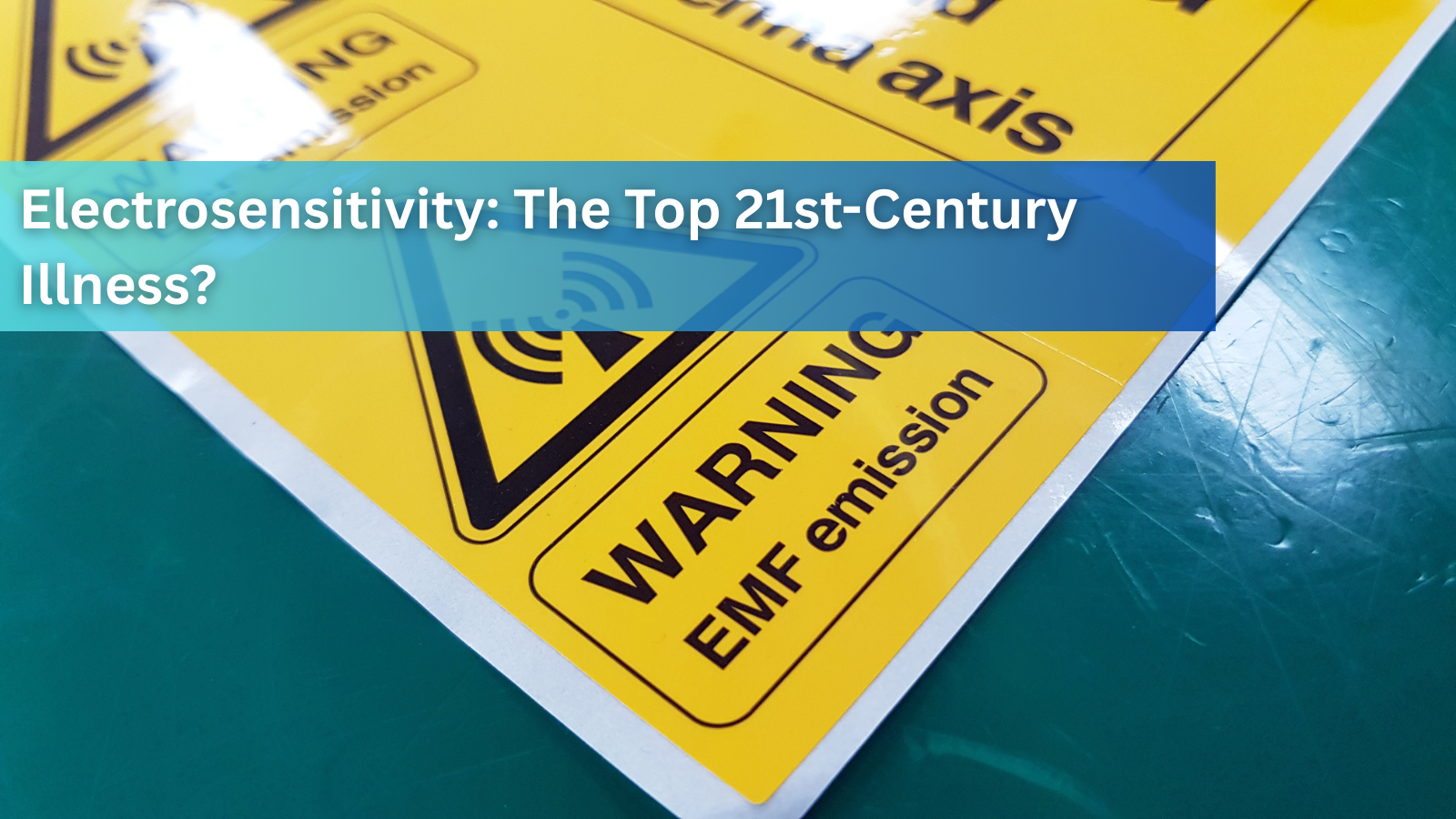Natural Treatment Options for Long Covid and Postinfection Illnesses

The United States is facing many ongoing opportunities to transform how we address chronic disease, thanks to unprecedented public awareness of environmental toxins, and the role of metabolism is disease. What is missing is how to address a disease that seems hatched from a lab to present something the human body does not have mechanisms to break down: Long Covid. The progress in understanding to how to treat long covid extends far beyond one viral infection. It is changing the way scientific, medical, and public policy communities understand—infections, immunity, and the root causes of a vast array of chronic conditions.
From Long Covid to a Broader Movement
Long Covid has affected millions of Americans, sparking national conversations, dedicated research, and grassroots advocacy. Yet, the phenomenon of postinfection illness is not new. Conditions like myalgic encephalomyelitis/chronic fatigue syndrome (ME/CFS) and chronic Lyme disease have long left patients with persistent, disabling symptoms after infection. The difference now is the scientific momentum and public attention long Covid has generated, offering us a pivotal moment to re-examine a range of postinfection syndromes.
The Hidden Role of Infection in Chronic Disease
Emerging evidence links acute infections to the onset or worsening of many chronic diseases—including diabetes, multiple sclerosis (MS), neurodegenerative diseases, and cardiovascular disease. For decades, these complex conditions were thought to be primarily metabolic or neurological, treated in isolation from infectious causes. That view is shifting.
Consider two recent breakthroughs:
- Dementia and Infection: A large 2024 study in Nature revealed that recipients of the shingles vaccine were 20% less likely to develop dementia, hinting at a key role for varicella zoster virus in neurodegenerative disease.
- MS and Epstein-Barr: A landmark 2022 Science study analyzed data from more than 10 million U.S. military personnel, finding that all but one soldier who later developed MS had evidence of prior Epstein-Barr virus infection. This strongly suggests Epstein-Barr is necessary for the disease to occur.
The Next Public Health Revolution
A century ago, recognizing cardiovascular risk factors like hypertension and high cholesterol revolutionized prevention and treatment, saving millions of lives. We are poised for a similar breakthrough in chronic disease by investigating the infectious and immune underpinnings of these conditions.
Research on long Covid has uncovered mechanisms such as viral persistence, immune system dysfunction, autoimmunity, and latent virus reactivation. Advanced tools like molecular profiling and AI-powered diagnostics now make it possible to translate these findings into targeted therapies. These same mechanisms, now recognized in long Covid, are increasingly understood to be important in other postinfection illnesses as well.
What the U.S. Needs Next
To capitalize on this momentum, the United States must launch a coordinated national initiative focused on postinfection syndromes and their role in chronic disease. This includes:
- Comprehensive Mapping and Modeling of postinfection illnesses to understand prevalence, risk factors, and biological mechanisms.
- Sustained Research Funding to speed up development of diagnostics and treatments, ideally through legislative action such as the proposed Long Covid Moonshot Act.
- Regulatory Innovation to streamline the approval of new therapies tailored to these complex diseases.
- Establishment of Centers of Excellence to advance care, educate providers, and drive research on postinfection syndromes.
- Global Leadership to align efforts on surveillance, research, and therapy development.
Seizing the Opportunity
If the U.S. can harness the same urgency and resources now directed to long Covid across the spectrum of postinfection conditions, we may be on the threshold of a new era in chronic disease prevention and care. Just as past public health revolutions transformed lives through evidence-based interventions, this one could provide relief to millions who have silently endured misunderstood illnesses.
National attention and investment in understanding postinfection syndromes are not just long overdue; they are our best hope for unlocking the mysteries of chronic illness and improving life for future generations.
The time to act is now.
Dr. Peter McCullough Protocol for Long COVID and Spike Protein Detox
Dr. Peter McCullough, a renowned cardiologist and expert in treating post-viral syndromes, has proposed a comprehensive protocol aimed at addressing long COVID symptoms and facilitating spike protein detoxification. This protocol is grounded in scientific research and clinical experience, targeting the lingering effects of COVID-19 and associated complications. Key elements of his protocol include:
- Anti-Inflammatory Treatments
Medications and supplements that help reduce systemic inflammation are central to the protocol. This includes low-dose aspirin (as advised by a physician), omega-3 fatty acids, and other anti-inflammatory agents.
- Support for Cellular Health
Vitamins such as vitamin C, vitamin D3, and zinc are recommended to boost the immune system and support recovery at the cellular level.
- Use of Prescription Therapies
Where necessary, prescribed medications such as ivermectin and fluvoxamine are utilized under medical supervision to reduce viral persistence and inflammation caused by long COVID.
- Spike Protein Clearance
Natural agents like nattokinase, bromelain, and serrapeptase, have been suggested to aid in breaking down circulating spike proteins. This enzymatic therapy is combined with supportive interventions to promote the body’s detoxification pathways. Turmeric, quercetin.
Other natural herbs like biacalin have also shown great promise for treating long-covid.
- The compound Biacalin may modulate immune responses, potentially addressing the dysregulated immune activity observed in long COVID(He et al., 2024).
- This modulation could help in reducing the persistence of viral reservoirs and the reactivation of latent viruses, contributing to symptom relief(Antar & Cox, 2024).
- Biacalin may exert neuroprotective effects, which could be beneficial in addressing cognitive impairments and neuroinflammation associated with long COVID(Basaca et al., 2025).
- Its ability to enhance mitochondrial function may also play a role in improving energy levels and reducing fatigue(Arcadi & Calabrò, n.d.).
- Lifestyle Modifications
Dr. McCullough emphasizes the importance of diet, exercise, and sufficient rest for optimal recovery. Avoiding processed foods, staying hydrated, and engaging in regular, light exercise are critical steps for patients. Avoiding sodium intake, as well as source of aluminum may also have additional benefits. Each individual’s treatment plan may vary depending on their medical history and specific symptoms. It is advised that anyone considering this protocol should consult their healthcare provider to ensure it is tailored to their needs and applied safely. Dr. McCullough’s approach provides a hopeful pathway for patients battling the ongoing effects of COVID-19, offering strategies aimed at reducing symptom burden and improving quality of life.
1 comment

September 27, 2025
Immune Supplements: Top 10 Best Supplements to Boost Immunity
Are you looking for effective ways to enhance your body’s natural defense? Immune supplements have become popular choices to support the immune system booster function, especially in times of increased illness risk. With so many products...
Read more
September 27, 2025
Cell Phone and WiFi Safety: How to Prevent and Treat EMF Damage and Electrosensitivity
Electrohypersensitivity (EHS), often called electrosensitivity, has been a polarizing and increasingly relevant issue over the past decade and a half. Since the number of people identifying with these symptoms continues to grow exponent...
Read more
September 27, 2025
Raw Carrots: Nature’s Antibacterial & Antiseptic Food
For most of us, carrots are simply a crunchy snack or a source of vitamin A. But according to researcher Ray Peat, PhD, raw carrots offer something more unusual: they act as a kind of natural antiseptic inside the gut, helping to contro...
Read more




Please folks. Dr. Clark always said to me. " We must boost the immune system. Colostrum will do that". I also suggest Cod Liver Oil for l for everyone. The Rewards label is in the way.
Leave a comment